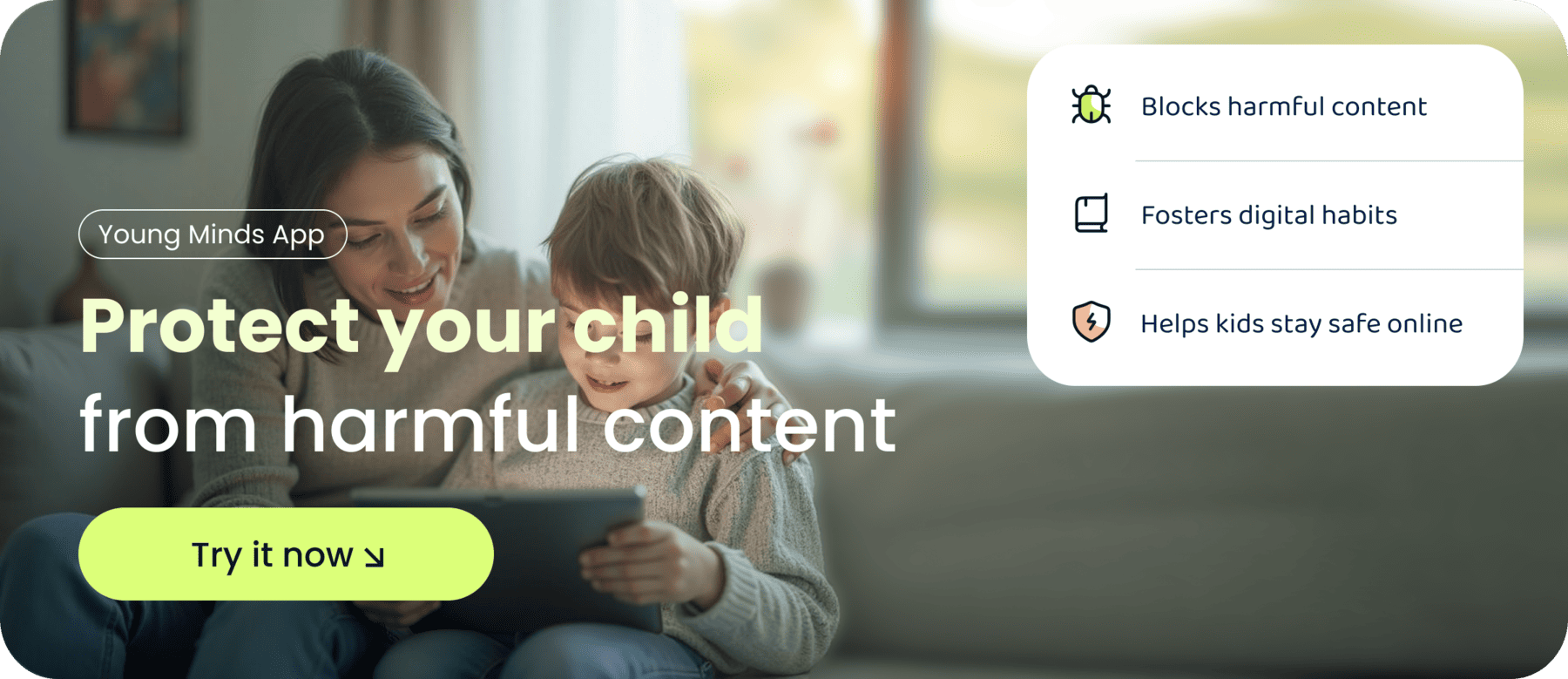Practical Tips to Balance Screen Time and Improve Your Mental Wellbeing
In today’s screen-saturated world, families are constantly balancing the benefits of technology with the need for meaningful offline experiences.
As a parent, you may be wondering: How can I promote digital wellbeing for my children? How can I ensure that technology supports their growth and development instead of hindering it?
What Is Digital Wellbeing?
Digital wellbeing is the intentional use of technology to support physical, emotional, and mental health. For children, this means setting healthy boundaries around screen time to support development, learning, and relationships.
Did you know? A study by the American Academy of Pediatrics found that children who spend more than 2 hours per day on screens often struggle academically, especially in reading and math.
Why Too Much Screen Time Can Be Harmful
Research shows excessive screen time in kids can lead to:
- Sleep issues: Blue light from screens delays melatonin production.
- Physical health problems: Posture issues, eye strain, and even childhood obesity.
- Reduced social skills: Kids who spend more time on screens may have fewer real-world interactions.
A study conducted by the University of Alberta found that children who had excessive screen time showed poorer physical health, particularly with issues like obesity, poor posture, and eye strain.
Beyond physical health, excessive screen time can also hinder social and emotional development. In fact, children who spend more time on screens are less likely to engage in face-to-face interactions, which are crucial for developing emotional intelligence and social skills.
How to Promote Digital Wellbeing for Your Kids
So, how can parents promote digital wellbeing and help their children navigate the complexities of screen time?
Here are some practical tips:
Create Tech-Free Zones
Parents should also consider creating tech-free zones in the home. Designating areas like the dining room or bedrooms as screen-free spaces can help foster family bonding and encourage offline activities. This strategy has proven effective in numerous households. For example, in California school district revealed that when parents began designating specific tech-free zones, children were more inclined to spend time reading, playing games, or talking with family members. This simple habit not only enhanced family communication but also reduced feelings of isolation often linked to excessive screen use.
Encourage Screen-Free Activities
Another strategy is to encourage screen-free activities. Introducing hobbies such as arts and crafts, outdoor play, or sports can provide children with a sense of creativity and physical activity that screens cannot.

Be a Role Model
One of the most effective ways to promote healthy digital habits is by modeling those habits yourself. Children learn by example, and if they see their parents setting limits on screen use and prioritising offline activities, they are more likely to follow suit. For instance, a"no screens during meals" rule, and this small change can led to more meaningful conversations and closer family connections.
Foster Positive Online Interactions
Finally, it's important to foster positive online interactions. Encourage children to use technology for educational purposes, and teach them the importance of online safety and proper etiquette to enhance their learning.
The Benefits of Digital Wellbeing
When done right, technology can enhance a child's learning experience and foster creativity. The University of Michigan’s research indicates that kids who use digital tools for educational games or apps show improvement in cognitive skills. Platforms like YouTube and even video games like Minecraft can help children develop creativity, teamwork, and problem-solving skills—essential traits in today’s world. However, balance is key.
Conclusion: Helping Your Child Thrive in the Digital World
In conclusion, while the digital world is here to stay, the goal should be to strike a balance that allows children to thrive both online and offline. By setting boundaries, fostering positive interactions with technology, and encouraging other forms of engagement, parents can help their children navigate this digital age in a healthy and productive way. Whether it’s through setting limits, promoting tech-free spaces, or modelling healthy habits, there are many strategies parents can use to ensure their children’s digital wellbeing.
By prioritising digital wellbeing, you’re not just setting your child up for a healthier relationship with technology—you’re helping them develop the skills to thrive in an increasingly digital world.
About Young Minds App
At Young Minds App, we’re more than a parental control tool. We’re a team of educators, technologists, and parents helping families prepare—not just protect.
Our platform enables parents to:
- Filter harmful content using AI-driven safeguards
- Structure screen time with collaborative routines
- Teach children to spot online risks through interactive learning
We believe in digital readiness, not digital fear. Safety begins with trust, understanding, and shared responsibility.
Parents also ask about Digital Wellbeing"
What is Digital Wellbeing?
Digital wellbeing refers to the practice of using technology in a way that promotes mental, physical, and emotional health. It involves setting boundaries around screen time, fostering positive online interactions, and ensuring that technology supports personal growth without negatively impacting wellbeing.
Digital Wellbeing Examples?
- Setting Screen Time Limits: Restricting social media or video game use to specific hours.
- Tech-Free Zones: Creating areas in your home, like the dining room, where devices are not allowed.
- Mindful Tech Use: Using apps for educational purposes or creative activities rather than mindless scrolling.
- Unplugging Before Bed: Avoiding screens at least one hour before sleep to promote better rest.
-
How to Improve Digital Wellbeing?
- Set Boundaries: Limit screen time for yourself and your family.
- Prioritize Face-to-Face Interactions: Spend time engaging in real-world conversations and activities.
- Take Breaks: Schedule regular breaks from screens to avoid burnout.
- Practice Digital Detox: Designate time periods for complete disconnection from all devices.




-min.png)
